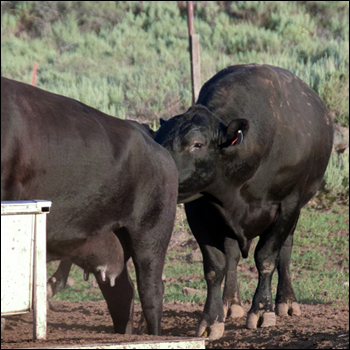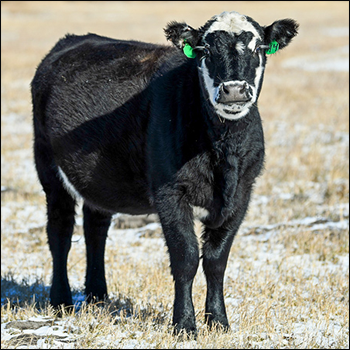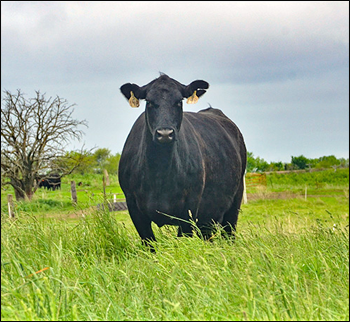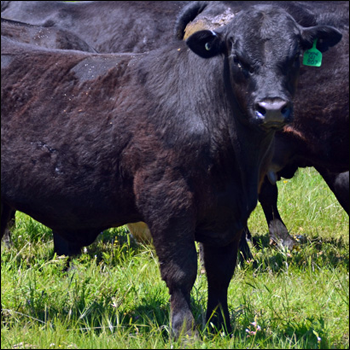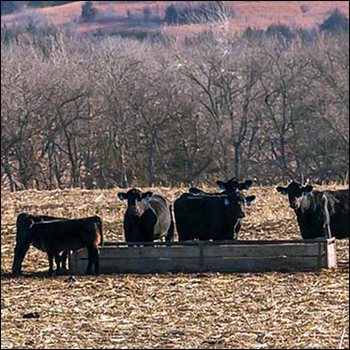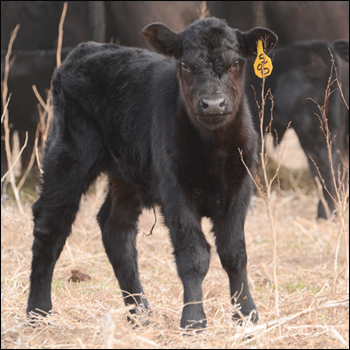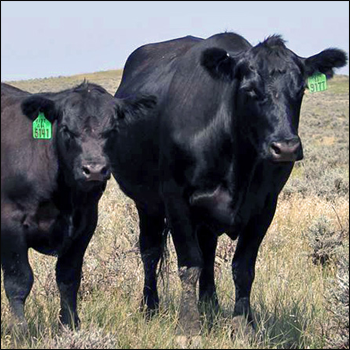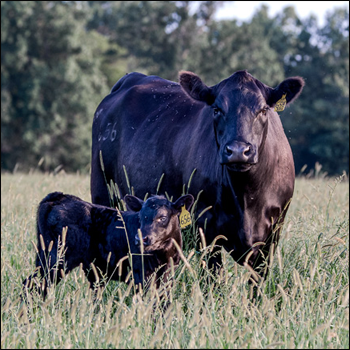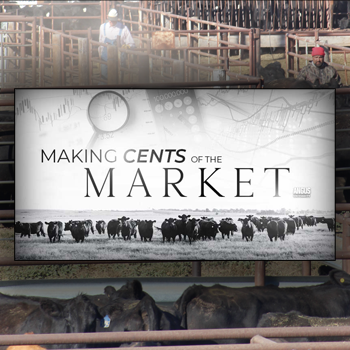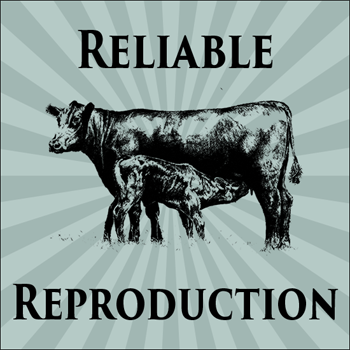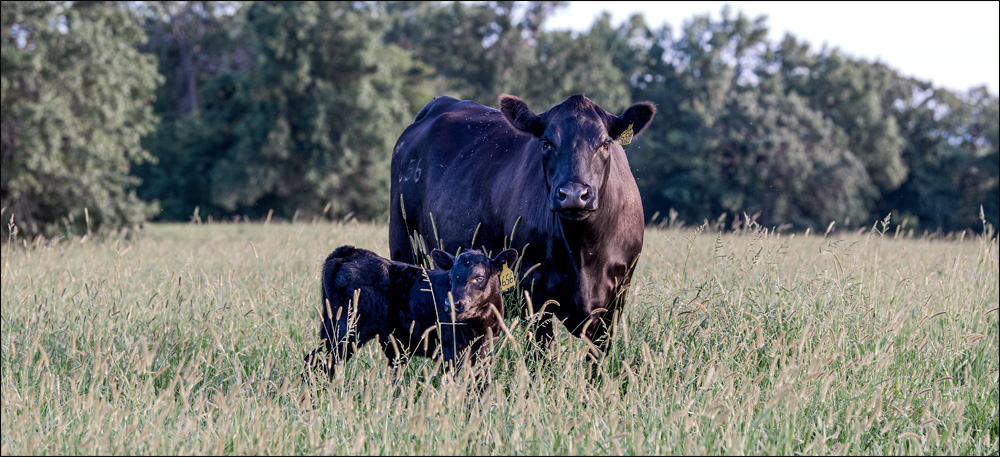
Cattle Health Starts With Nutrition
Purina’s Ron Scott shares ways to boost immunity.
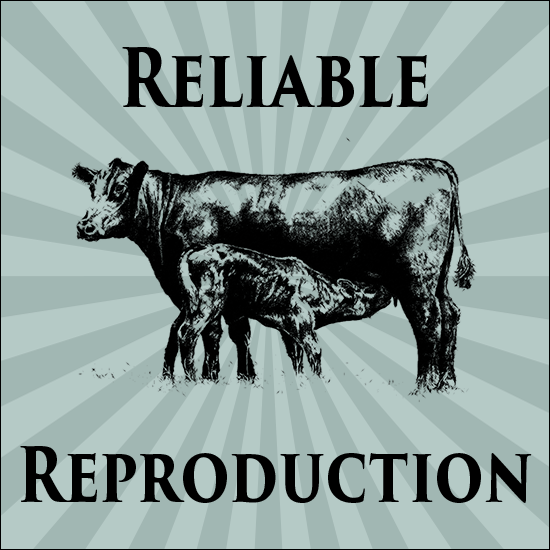
To spend less time treating disease, more focus should go toward preventing it, says Ron Scott, director of technical services for Purina Animal Nutrition.
“Immunity is a lifelong event that starts at conception, basically. It takes a comprehensive approach,” he says.
For a calf to have the best chance at lifetime health, what happens in utero sets the stage.
“When a cow drops a calf and produces colostrum, she didn’t make that colostrum that day. It was a process,” he says, and one that started at least 30 days prior to calving and requires nutritional taxation on that new mama.
Several decades ago, it was common to reduce calories to cows the month prior to calving to avoid heavy birth weights.
“What that did [was] compromise colostrum and the survivability of the calf,” he says, noting that shorting cows on nutrition during late gestation is a bad idea. “You’re getting colostrum ready, and you’re finalizing the whole immune system and lungs and all that for the unborn calf. That’s a critical time period.”
Getting good-quality colostrum in the first few hours of life, before gut closure, lays the foundation for long-term health, Scott says.
Good guts
After that, it’s all about gut health.
“We know it absorbs nutrients, but most people don’t realize that the gut is the largest immune organ in the body,” Scott says. “It contains a larger number of immune cells than any other tissue in the body.”
It adds a layer of protection against absorbing pathogens in the body, and the gut sends chemical messages to the brain. Conditions like ulcers or gaps in the small intestine’s villi (the small absorbing fingers) can cause “leaky gut,” which can be an entry point for pathogens and can lead to chronic inflammation.
“If we have constant inflammation, that means that our energy, protein, vitamins and minerals are used for maintenance requirements, leaving less [left] over for gain,” Scott says. “That’s why we can have reduced performance, and it compromises immunity.”
While some of the science focuses on ways to increase villi growth or repairing gut insult after threats, other projects center on ways to increase the good bacteria found in the microbiome of the bovine intestine.
Bacteria are needed to aid in digestion, stimulate gastrointestinal (GI) tract development and help outcompete the bad bacteria. Plant extracts, made of everything from flowers to fruits and vegetables, along with prebiotics and probiotics, can have positive effects.
“What we’re trying to do is to prime the immune system and get it ready,” Scott says. “We’re trying to improve digestion, protect the gut lining and optimize the growth of good bacteria so they can now outcompete the bad bacteria.”
There’s a lot that is still being discovered.
Keeping cattle healthy now
“There’s no silver bullet,” Scott says, but he did offer some tips for today:
- Don’t overlook traditional nutrition.
- Follow Beef Quality Assurance (BQA) management practices.
- Help your cattle avoid stress.
- Talk to your nutritionist about additives.
The cost to treat an animal just once averages $30 per head, and those that require treatment are set back in performance measures, he says. Many never gain that weight back. There are also negative quality-grade implications.
“That’s a big loss to the industry, but there’s another cost that sometimes we forget about. … It’s the consumer perspective,” Scott says.
In a world where antibiotics are being questioned in animal agriculture, he suggested responsible use is the best way to ensure future access.
Scott says, “I want all of us to think about, ‘What am I going to do about that? What am I going to change?’ ”
Scott spoke as part of the Cattleman’s College® hosted Feb. 2 during the Cattle Industry Convention in Houston, Texas.
Editor’s note: Listen to the full interview with Ron Scott on the April 13 Angus at Work episode: “Cattle nutrition — vital to immune system.” Read the full article in the March Angus Beef Bulletin or access it online at https://bit.ly/FeedImmunity. Photo by Shauna Hermel.

Angus Proud
In this Angus Proud series, Editorial Intern Jessica Wesson provides insights into how producers across the country use Angus genetics in their respective environments.
 Angus Proud: Scott Sproul
Angus Proud: Scott Sproul
Oklahoma operation learned wisdom of moving calving season to better suit their marketing needs.
 Angus Proud: Bubba Crosby
Angus Proud: Bubba Crosby
Fall-calving Georgia herd uses quality and co-ops to market calves.
 Angus Proud: Jim Moore
Angus Proud: Jim Moore
Arkansas operation retains ownership through feeding and values carcass data.
 Angus Proud: Les Shaw
Angus Proud: Les Shaw
South Dakota operation manages winter with preparation and bull selection.
 Angus Proud: Jeremy Stevens
Angus Proud: Jeremy Stevens
Nebraska operation is self-sufficient for feedstuffs despite sandy soil.
 Angus Proud: Dave Rutan
Angus Proud: Dave Rutan
Angus breeder gets the most out of his bull investment by partnering with opposite calving-season operation.
